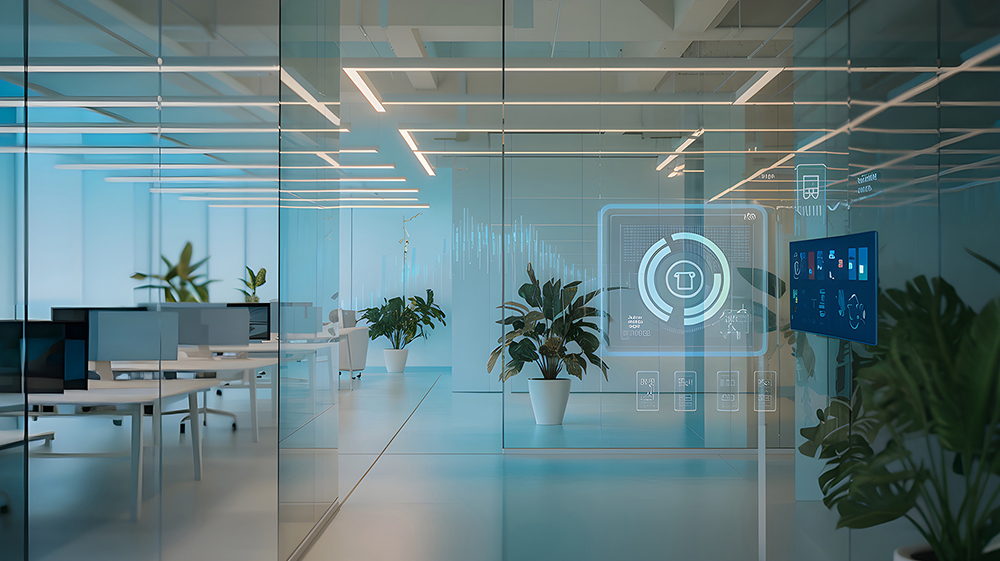
Video conferencing is now a mandatory part of our work lives, and of course dedicated, video conferencing spaces are required. The reasons for these dedicated spaces are numerous, some of the reasons are:
• Having employees participating in meetings sitting at their desk, even with a headset can disturb others in many open office spaces.
• Having employees in the same space, gives them the ability to easily collaborate and work as a team.
• Having employees in the same space can give them the ability to meet off-line during a meeting to efficiently discuss urgent matters right away.
• Having employees meet in a dedicated space (away from their desk/computer) will reduce distractions and help them maintain focus for the job at hand.
• Having employees meet in a dedicated space adds a level of privacy for meetings/issues that not everyone needs to hear.
Video Conferencing Spaces
There are four (4) types of video conferencing spaces that we will be addressing in this series, they are: Huddle Rooms, Small Conference Rooms, Mid-size Conference Rooms, and Large Conference Rooms. While there are other types, such as Executive Conference Rooms, these are more complicated and will have a dedicated discussion on them.
Before we get started defining the individual video conferencing spaces we are going to focus on, we want to briefly discuss some of the differences between a meeting room, and a dedicated video conferencing room. At first glance, they are similar, a table, chairs, a door, and a display/screen on the wall where content can be displayed.
Both spaces can be used for meetings, brainstorming, reviewing content/media on the screen, that’s a given. Some differences are that a video conferencing space has special equipment, such as microphone(s), camera(s), loudspeakers, and a computer with the appropriate conferencing software, to name a few.
In other words, a video conferencing room can be used as a meeting room, but a meeting room cannot be used as a video conferencing room! You may say, let’s make all meeting rooms video conferencing rooms, but there is an expense associated with that, and frankly, you may not need that capability.
The next installment of our blog, Part 2 of this series will address Huddle Rooms. We will take the time to walk you through, step-by-step the advantages, disadvantages, and associated costs from this type of space.
If you know you need to upgrade/install video conferencing systems and want to get started, click here to schedule an initial consultation. Especially if you have begun construction and/or are renovating your offices.
Delaying adding an audiovisual specialist to your team can cause cost overruns, and time delays. We specialize in these types of spaces and can help you decide the difference between needs and wants as well as overall cost.
For example, we might recommend that you only install the infrastructure (unthought of devices, such as power, conduit, data drops, floor pockets, blocking for displays as well as the correct location and height of the devices) so that you do not have to purchase and install the video conferencing equipment for rooms that may not be used right away, and when you are ready, installation will be timely and cost effective with all the infrastructure already in place.



